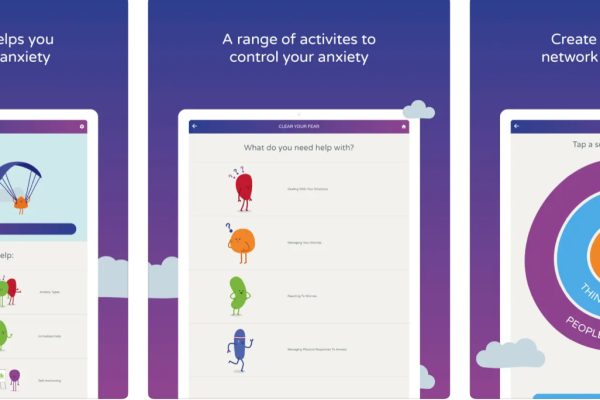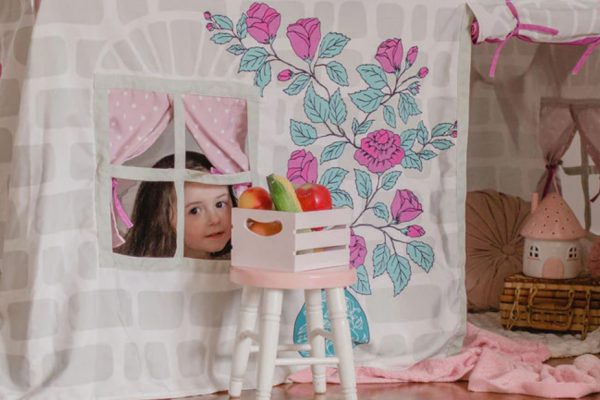
Top tips for zips and buttons
Learning to use zippers and buttons is a big step for kids as they grow and start doing more things on their own. For children with fine motor challenges or difficulties with motor planning, however, getting the hang of these tricky fasteners can take some extra time, practice, and creative approaches. Here are some tips to help.
Break it down: Breaking down complex tasks into smaller, manageable steps is a key strategy in occupational therapy. Start by focusing on one component of the skill at a time. For example, when teaching buttoning, begin with unbuttoning first, then progress to buttoning up. Similarly, when teaching zipping, start by teaching how to pull the zipper down before attempting to zip it up.
Use adaptive equipment: Adaptive equipment can greatly enhance a child’s ability to manipulate zippers and buttons. OTs may recommend using zipper pulls or buttonhooks, which provide additional grip and control. These tools can make the task less frustrating for children with limited dexterity, helping them gain confidence as they practice. And if the task is really beyond your child, there is an expanding choice of adaptive clothing utilising alternative closures such as Velcro, and even magnets.
Provide visual cues: Visual cues are powerful tools for children with disability, as they provide a concrete reference point for understanding and executing tasks. Use visual aids such as diagrams, step-by-step picture sequences, or colour-coded guides to demonstrate how to use zippers and buttons. Visual cues can help children understand the order of actions involved and reinforce their learning process.
Incorporate tactile feedback: Children with sensory processing difficulties can benefit from incorporating tactile feedback into the learning process. Encourage them to explore different textures and sensations by using fabrics with varying textures or attaching textured patches near the zippers and buttons. Providing tactile input can improve their fine motor skills and help them develop a better understanding of the task.
Practice fine motor exercises: Fine motor exercises play a crucial role in improving hand and finger dexterity, which is essential for successful zipper and button manipulation. Occupational therapists often incorporate activities like finger strength exercises, grasping small objects, and playing with manipulative toys to develop fine motor skills (see below for more ideas). These exercises help children develop the strength and coordination necessary for buttoning and zipping.
Use positive reinforcement: Celebrate progress, no matter how small, and provide specific praise for efforts. This positive reinforcement can boost self-esteem and willingness to persevere, even when facing challenges.
Activities to help develop skills for buttons and zips
Here are some additional practical activities that children can engage in to develop the skills needed for using zippers and buttons:
Sorting buttons: Provide a variety of buttons of different sizes, shapes, and colours. Encourage the child to sort them based on specific criteria, such as size or colour. This activity promotes hand-eye coordination, finger dexterity, and visual discrimination.
Button art: Create a fun art project using buttons. Provide a template or a simple picture, and have the child glue buttons onto it. This activity allows them to practice manipulating buttons while engaging in a creative and enjoyable task.
Sewing practice: Introduce basic sewing skills using large plastic needles and soft fabric with pre-punched holes. Guide the child in sewing buttons onto the fabric. This activity helps refine fine motor skills and promotes hand-eye coordination.
Zipper relay race: Create a friendly competition by setting up a zipper relay race. Divide the children into teams and provide each team with a garment with zippers. The goal is to zip up or unzip the garment as quickly as possible. This activity adds a fun and dynamic element to practicing zipper skills.
Dress-up games: Encourage the child to engage in dress-up games that involve clothing with buttons and zippers. This can be a pretend play activity where they can practice buttoning shirts, fastening zippers, and adjusting clothing independently. It provides a playful and interactive way to practice the skills in a meaningful context.
Dressing boards: Create dressing boards by attaching zippers and buttons onto pieces of fabric or cardboard. The child can practice opening and closing zippers or fastening and unfastening buttons repeatedly. This hands-on activity helps them become familiar with the mechanics of zippers and buttons in a controlled environment without the rush of needing to get ready for school or other activity.







